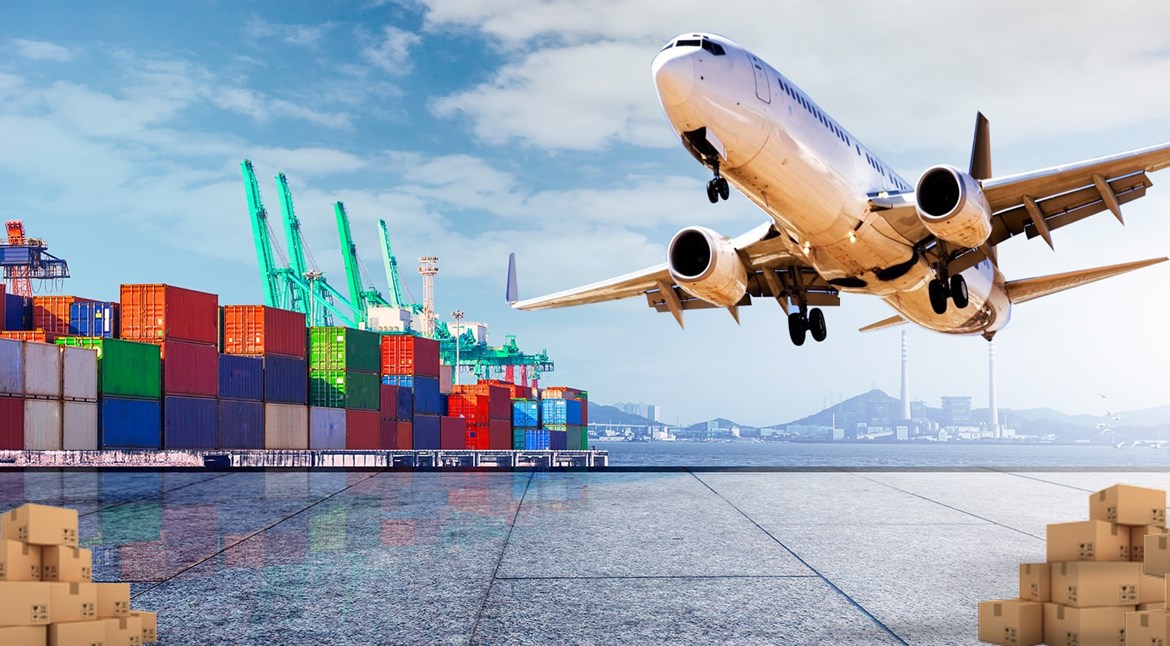When shipping goods within South Africa or transporting items from ports to inland destinations, accurately estimating inland transport costs is crucial for effective budgeting and profit management. Whether you’re a business owner, freight forwarder, or importer/exporter, understanding how to estimate inland transport cost in South Africa can prevent unexpected expenses and help you make informed decisions. This guide will walk you through the key factors and methods to calculate these costs precisely.
1. Identify the Key Cost – Determining Factors
Distance
The distance between the origin and destination is a primary factor. Longer distances generally mean higher fuel consumption and more time spent on the road, increasing costs. Use mapping tools or consult transport providers to get accurate mileage data.
Cargo Characteristics
Consider the size, weight, and nature of your cargo. Bulky or heavy items may require specialized vehicles, which can be more expensive. Hazardous materials often need additional safety measures and permits, adding to the cost. For example, transporting chemicals might involve extra handling fees.
Transport Mode
Different transport modes have varying cost structures. Road transport is common but can be affected by fuel price fluctuations. Rail transport may be more cost – effective for large – volume, non – urgent shipments over long distances. Air transport is the fastest but also the most expensive, usually reserved for high – value or time – sensitive goods.
2. Research Transport Rates
Contact Local Carriers
Reach out to multiple local transport carriers in South Africa. Request quotes based on your cargo details and route. Compare the rates and services offered by different carriers to find the most suitable option. Some carriers, like those recommended by experienced freight companies such as China Top Freight, may provide more competitive pricing and reliable services.
Check Industry Databases
Utilize industry – specific databases and online platforms that publish average transport rates in South Africa. These resources can give you a general idea of the market price range for different types of cargo and routes, helping you evaluate the quotes you receive.
3. Account for Additional Expenses
Toll Fees and Road Taxes
Many routes in South Africa have toll roads, and there are also road taxes. Research the toll fees along your planned route and factor them into your cost estimate. Road taxes may vary depending on the vehicle type and cargo weight.
Insurance Costs
Consider insuring your cargo during transit. The cost of insurance depends on the value of the goods, the transport mode, and the level of coverage. Adequate insurance protects you from potential losses due to accidents, theft, or damage.
Handling and Loading/Unloading Fees
Some carriers charge separate fees for handling, loading, and unloading your cargo. Make sure to clarify these charges with the carrier in advance and include them in your cost calculation.
4. Calculate the Estimated Cost
For Road Transport
If using road transport, start by multiplying the distance by the carrier’s per – kilometer rate. Then add the costs of tolls, insurance, and any additional handling fees. For example, if the per – kilometer rate is \(2, the distance is 500 kilometers, tolls are \)50, insurance is \(80, and handling fees are \)30, the total cost would be (\(2 × 500) + \)50 + \(80 + \)30 = $1160.
For Rail Transport
For rail transport, contact the railway company to get their rate structure, which is usually based on cargo volume and distance. Add any associated fees, such as terminal handling charges and insurance, to determine the total cost.
For Air Transport
Air transport costs are typically calculated based on the weight and volume of the cargo, along with a base rate per kilogram or cubic meter. Include airport fees, security charges, and insurance to arrive at the final estimate.
5. Review and Refine Your Estimate
Factor in Seasonal Variations
Transport costs in South Africa can vary seasonally. For example, during peak holiday seasons or harvest times, demand for transport services may increase, driving up prices. Consider these seasonal factors when finalizing your cost estimate.
Account for Potential Delays
Delays can lead to additional costs, such as driver overtime pay or storage fees. Build a contingency into your estimate to cover these potential expenses. You can allocate a certain percentage, like 10 – 15%, of the total estimated cost for unforeseen delays.
In conclusion, learning how to estimate inland transport cost in South Africa involves a detailed analysis of multiple factors, thorough research, and careful calculation. By following these steps, you can develop a more accurate cost estimate, which will not only help you manage your finances better but also enhance the competitiveness of your freight operations in the South African market. Whether you’re new to transporting goods in South Africa or looking to optimize your existing cost – estimation process, these strategies will guide you towards more precise and reliable cost predictions.Utilize China Top Freight to help solve the problems you are facing. Contact us today to embark on your smooth transportation journey!


